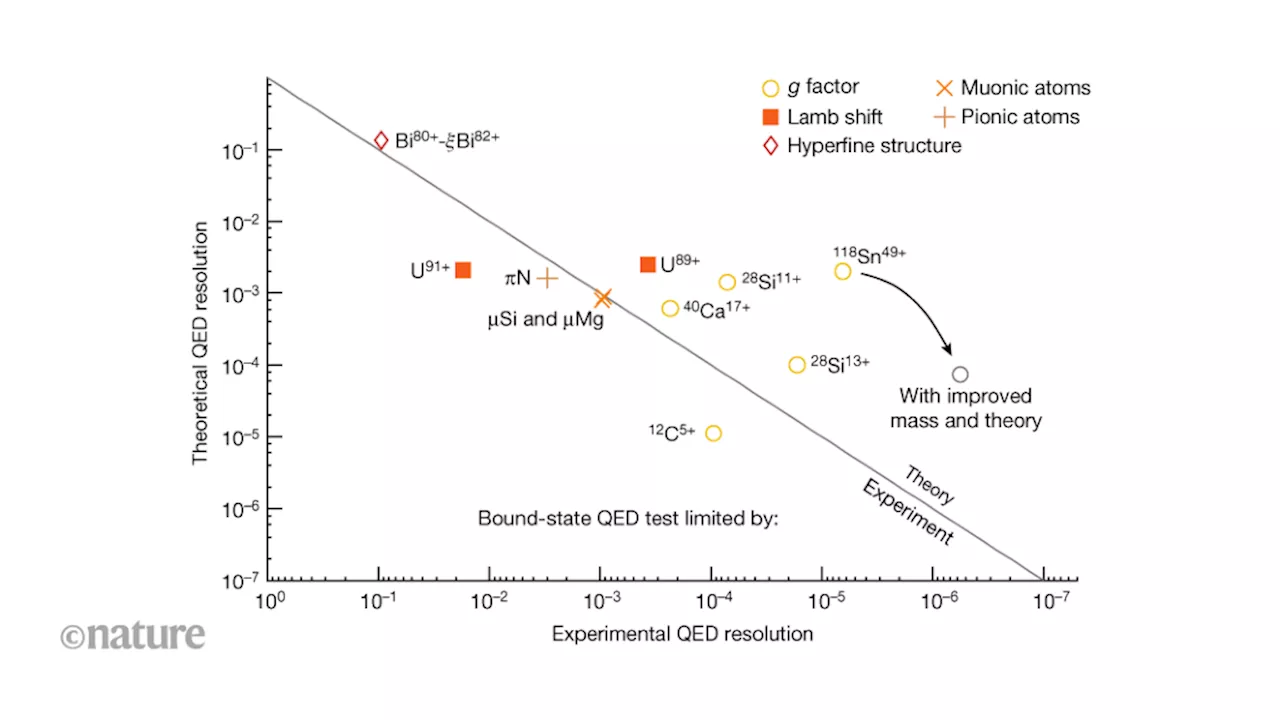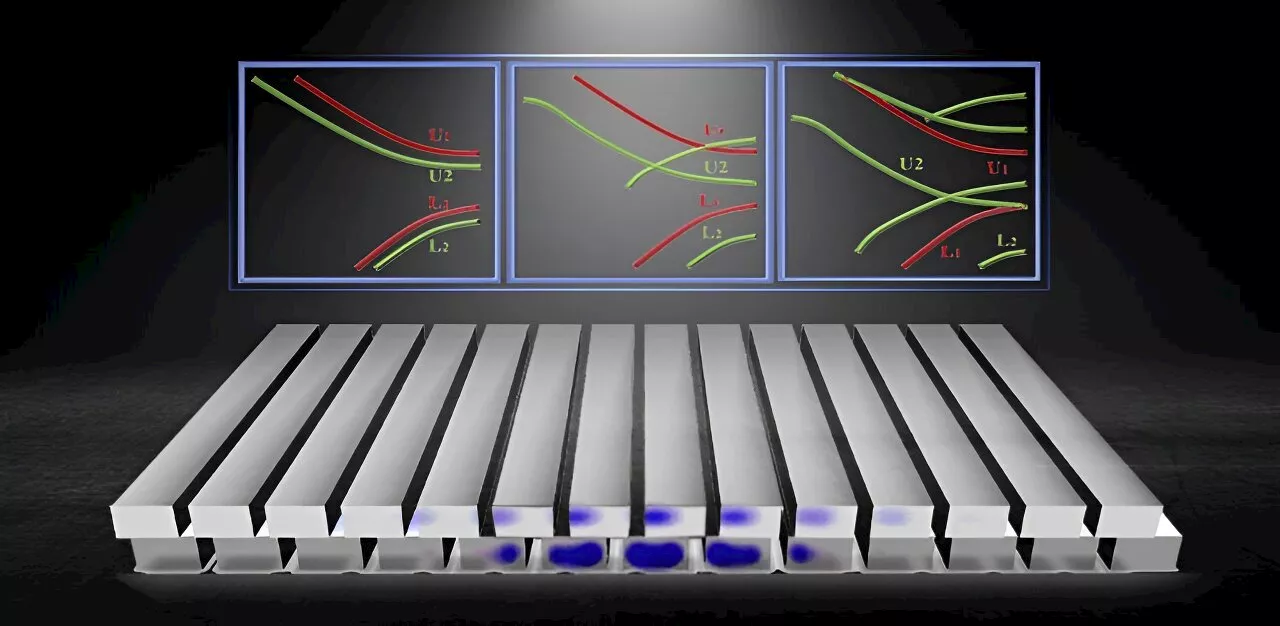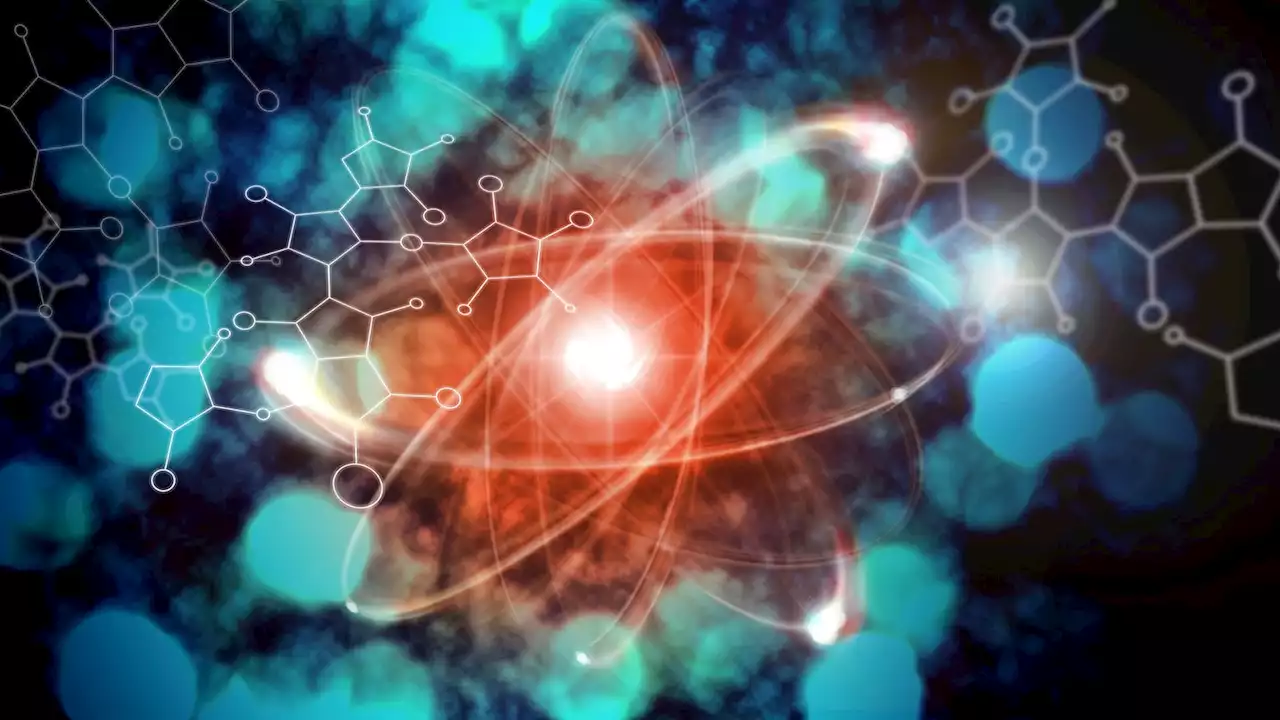Robert Lea is a science journalist in the U.K. who specializes in science, space, physics, astronomy, astrophysics, cosmology, quantum mechanics and technology. Rob's articles have been published in Physics World, New Scientist, Astronomy Magazine, All About Space and ZME Science. He also writes about science communication for Elsevier and the European Journal of Physics. Rob holds a bachelor of science degree in physics and astronomy from the U.K.’s Open University\n
The collision and merger of two stellar corpses called neutron stars could help scientists unravel a long-standing mystery surrounding the expansion rate of the universe.
The rate of the universe's expansion is known as the Hubble constant, and it has become a major headache for astronomers. This is because two methods of determining this rate — observations of distant stellar explosions called supernovas, which can be used as"standard candles" to gauge cosmic distances, and the cosmic microwave background , the light left over from just after the Big Bang — yield different values for cosmic expansion.
"When two ultra-compact neutron stars — which in themselves are the remnants of supernovae — orbit each other and ultimately merge, they go off in a new explosion, a so-called kilonova," lead study author Albert Sneppen, a doctoral candidate in astrophysics at the Niels Bohr Institute's Cosmic Dawn Center in Denmark, said in a statement.
The spherical nature of a kilonova and its simple temperature profile allow astronomers to calculate their luminosity very precisely. By comparing the kilonova's brightness at the point of explosion to the amount of light from the explosion that travels millions of light-years to finally wash over Earth, scientists can determine the distance of the neutron star collision. This is because the light loses energy in a set way as it travels thanks to the expansion of the universe.
United States Latest News, United States Headlines
Similar News:You can also read news stories similar to this one that we have collected from other news sources.
 DC's New Superman Actor Looks Even More Remarkably Like Henry Cavill In Recent PhotosSuperman: Legacy is the DC Universe's first movie.
DC's New Superman Actor Looks Even More Remarkably Like Henry Cavill In Recent PhotosSuperman: Legacy is the DC Universe's first movie.
Read more »
 Assembly theory explains and quantifies selection and evolutionScientists have grappled with reconciling biological evolution1,2 with the immutable laws of the Universe defined by physics. These laws underpin life’s origin, evolution and the development of human culture and technology, yet they do not predict the emergence of these phenomena. Evolutionary theory explains why some things exist and others do not through the lens of selection. To comprehend how diverse, open-ended forms can emerge from physics without an inherent design blueprint, a new approach to understanding and quantifying selection is necessary3–5. We present assembly theory (AT) as a framework that does not alter the laws of physics, but redefines the concept of an ‘object’ on which these laws act. AT conceptualizes objects not as point particles, but as entities defined by their possible formation histories. This allows objects to show evidence of selection, within well-defined boundaries of individuals or selected units. We introduce a measure called assembly (A), capturing the degree of causation required to produce a given ensemble of objects. This approach enables us to incorporate novelty generation and selection into the physics of complex objects. It explains how these objects can be characterized through a forward dynamical process considering their assembly. By reimagining the concept of matter within assembly spaces, AT provides a powerful interface between physics and biology. It discloses a new aspect of physics emerging at the chemical scale, whereby history and causal contingency influence what exists. Assembly theory conceptualizes objects as entities defined by their possible formation histories, allowing a unified language for describing selection, evolution and the generation of novelty.
Assembly theory explains and quantifies selection and evolutionScientists have grappled with reconciling biological evolution1,2 with the immutable laws of the Universe defined by physics. These laws underpin life’s origin, evolution and the development of human culture and technology, yet they do not predict the emergence of these phenomena. Evolutionary theory explains why some things exist and others do not through the lens of selection. To comprehend how diverse, open-ended forms can emerge from physics without an inherent design blueprint, a new approach to understanding and quantifying selection is necessary3–5. We present assembly theory (AT) as a framework that does not alter the laws of physics, but redefines the concept of an ‘object’ on which these laws act. AT conceptualizes objects not as point particles, but as entities defined by their possible formation histories. This allows objects to show evidence of selection, within well-defined boundaries of individuals or selected units. We introduce a measure called assembly (A), capturing the degree of causation required to produce a given ensemble of objects. This approach enables us to incorporate novelty generation and selection into the physics of complex objects. It explains how these objects can be characterized through a forward dynamical process considering their assembly. By reimagining the concept of matter within assembly spaces, AT provides a powerful interface between physics and biology. It discloses a new aspect of physics emerging at the chemical scale, whereby history and causal contingency influence what exists. Assembly theory conceptualizes objects as entities defined by their possible formation histories, allowing a unified language for describing selection, evolution and the generation of novelty.
Read more »
 How purposeless physics underlies purposeful lifeEvolution by natural selection peerlessly describes how life’s complexity develops — but can it be explained in terms of physics? A new approach suggests it can. Radical theory explains how physics creates all biology’s complexity.
How purposeless physics underlies purposeful lifeEvolution by natural selection peerlessly describes how life’s complexity develops — but can it be explained in terms of physics? A new approach suggests it can. Radical theory explains how physics creates all biology’s complexity.
Read more »
 Testing the limits of the standard model of particle physics with a heavy, highly charged ionQuantum electrodynamics, the archetypical theory of electromagnetic interactions, describes the behaviour of charged particles and photons using quantum field theory. Measuring the g factor of a bound electron in a hydrogen-like tin ion (118Sn49+) provides one of the most stringent tests so far of quantum electrodynamics in strong electric fields. Measuring the g factor of a single electron bound to a tin nucleus provides a stringent test of the standard model of particle physics — and anything beyond it.
Testing the limits of the standard model of particle physics with a heavy, highly charged ionQuantum electrodynamics, the archetypical theory of electromagnetic interactions, describes the behaviour of charged particles and photons using quantum field theory. Measuring the g factor of a bound electron in a hydrogen-like tin ion (118Sn49+) provides one of the most stringent tests so far of quantum electrodynamics in strong electric fields. Measuring the g factor of a single electron bound to a tin nucleus provides a stringent test of the standard model of particle physics — and anything beyond it.
Read more »
 Navigating moiré physics and photonics with band offset tuningWhen two lattices with distinct angles or periodicities come together, they conjure a moiré superlattice—a realm where astonishing phenomena like superconductivity and optical solitons spring to life. At the heart of this realm lies the moiré flatband, a key player in shaping advanced light–matter interactions, such as laser emission and second harmonic generation. In moiré physics and its relevant applications, wielding control over flatbands is a pivotal superpower.
Navigating moiré physics and photonics with band offset tuningWhen two lattices with distinct angles or periodicities come together, they conjure a moiré superlattice—a realm where astonishing phenomena like superconductivity and optical solitons spring to life. At the heart of this realm lies the moiré flatband, a key player in shaping advanced light–matter interactions, such as laser emission and second harmonic generation. In moiré physics and its relevant applications, wielding control over flatbands is a pivotal superpower.
Read more »
 A special molecule that violates the laws of physics could lead to limitless energyAn intriguing molecule could help scientists find a massive breakthrough in the search for a way to generate limitless energy.
A special molecule that violates the laws of physics could lead to limitless energyAn intriguing molecule could help scientists find a massive breakthrough in the search for a way to generate limitless energy.
Read more »
